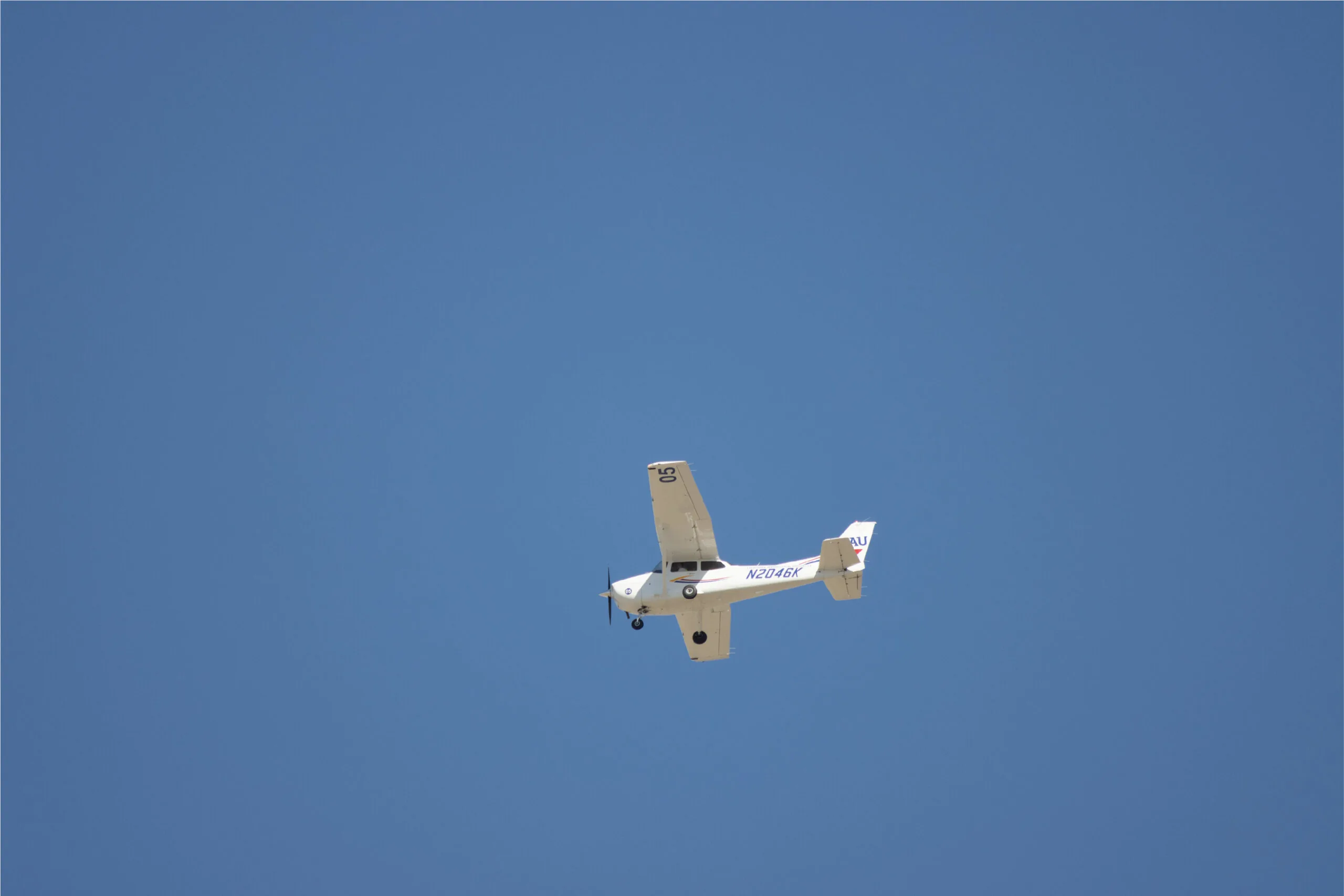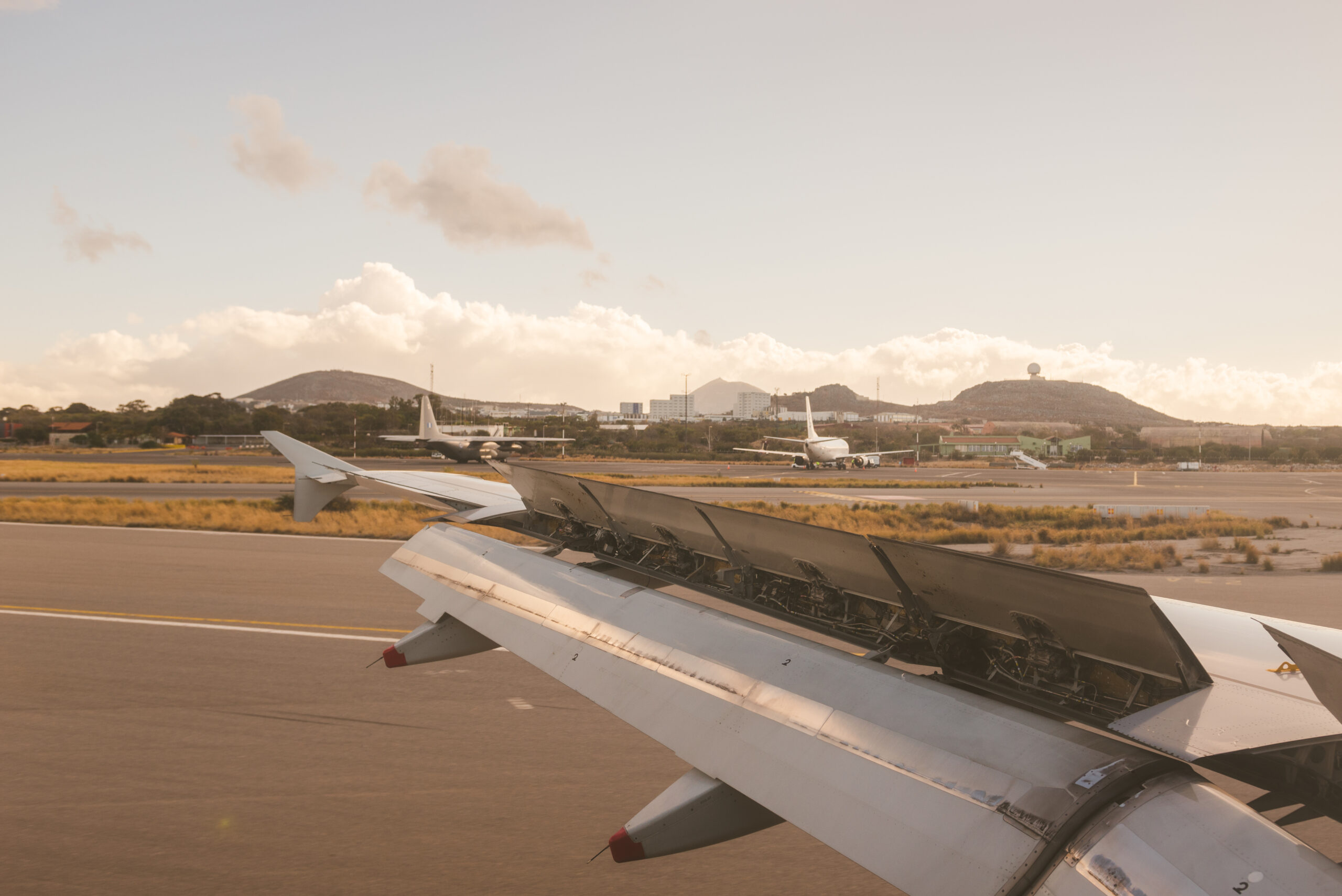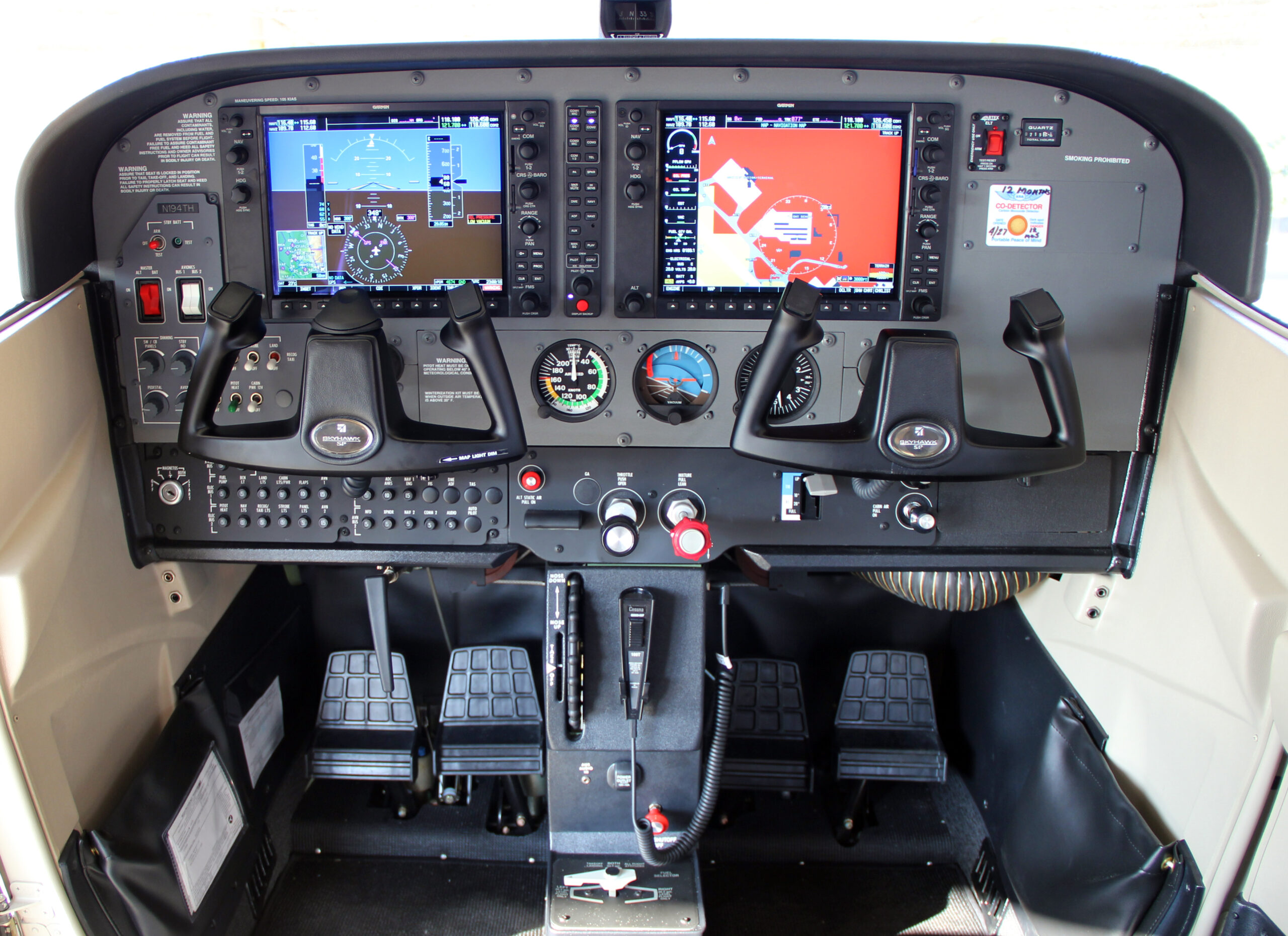What is Adverse Yaw and How Does it Affect Flying?
Adverse yaw is a reality of flying that each pilot must learn to combat in order to successfully fly safely and effectively. [lwptoc skipHeadingLevel=”h3″] Adverse yaw is the tendency of an airplane, when turning and banked, to go the opposite direction. The way an airplane banks is by deflecting its ailerons. The ailerons are the hinged part …



















